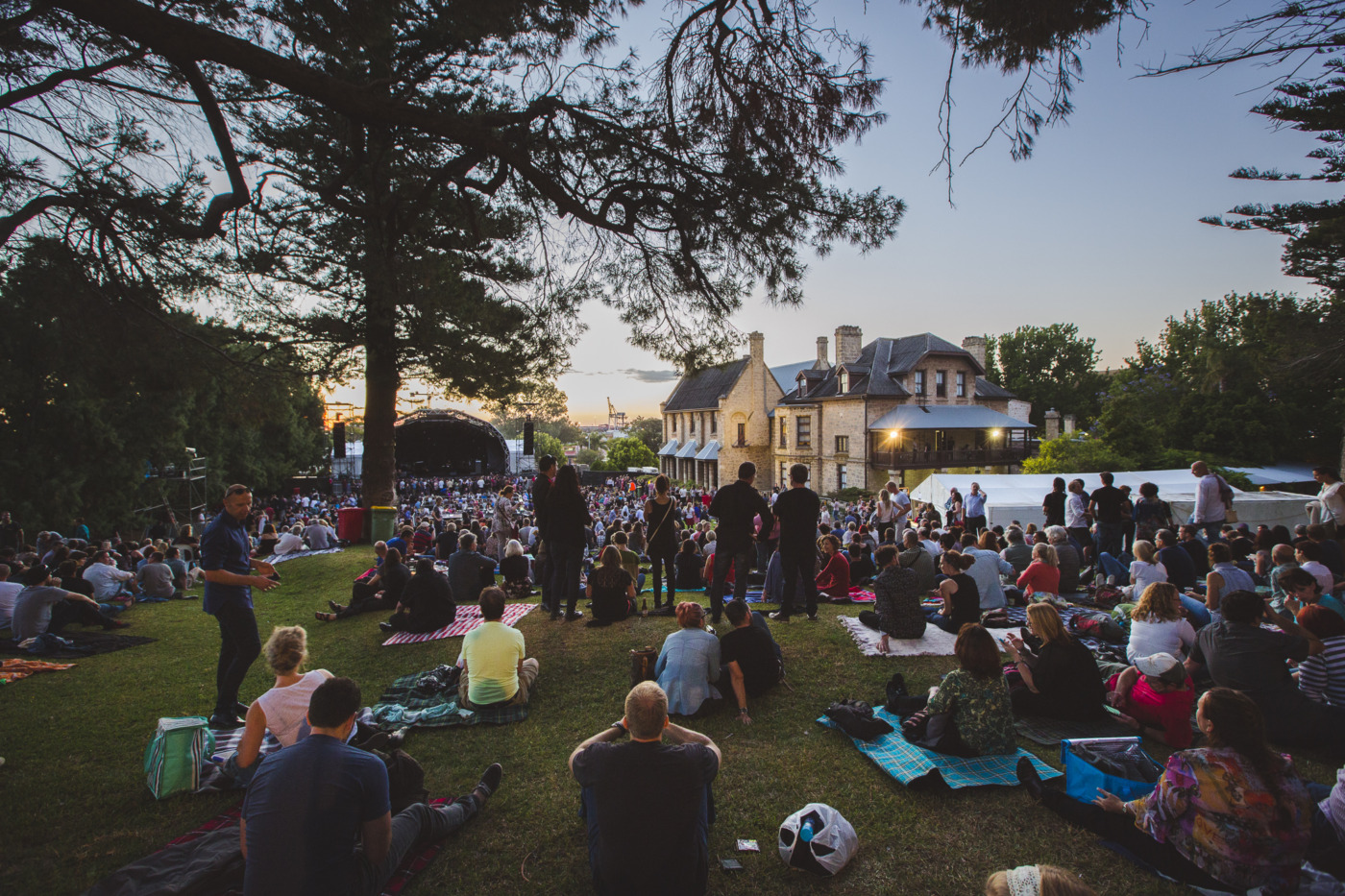For everyone who’s ever broken a favourite cup, plate or precious ceramic sculpture, Artist in Residence Stephanie Hammill (WA) can relate. Stephanie’s ceramics practice is built around broken, distorted ceramics in need of some serious help or just a little bit of love. After studying the traditional Japanese repair technique Kintsugi, Stephanie has been carefully and laboriously repairing broken ceramics and collecting their stories along the way.
Tell us a bit about your practice and how you first got into art.
I got into art after having children. I wasn’t able to carry on with my previous career as an anthropologist due to the amount of travel involved, and I always enjoyed messing with play dough and thought that clay might be fun. I’ve been addicted to all things clay ever since trying my first class at Fremantle Arts Centre with Stewart Scambler.
What have you been working on while in residence?
I’m currently working on developing my Kintsugi practice. I studied the technique with a Japanese master practitioner last year and rapidly realised that it’s a lifetime’s practice to perfect. Kintsugi is a very traditional Japanese method of repairing broken ceramics using only lacquer (no epoxy or polymer glues). The break is then highlighted with gold. In my art practice I’m interested in exploring ideas of brokenness and repair in different forms. I’m also very interested in collecting stories that relate to broken ceramics. Just about everyone seems to have a favourite broken piece stashed in the back of a cupboard that they can’t bear to throw out.

Artist in Residence Stephanie Hammill with a broken plate that she is repairing using the Kintsugi technique
Contemporary art can be a complex subject. What’s something about your art practice that’s difficult to explain?
I find it difficult to explain how much work goes into a Kintsugi piece – it’s the antithesis of fast-paced, throwaway consumer culture. It requires months of laborious work to meticulously add layers upon layers of lacquer. There is so much bad, blobby Kintsugi work on the internet and I would love to educate the public as to what ‘proper’ Kintsugi looks like.
Where is your favourite place to create art and why?
I actually love Fremantle Arts Centre – from my earliest days as a student to being an Artist in Residence, FAC has nurtured my career and broadened my horizons as well as giving me a new purpose in life. There’s a certain atmosphere about the place which encourages creativity and new beginnings.

Artist in Residence Stephanie Hammill wheel throwing in FAC’s Ceramic Studio
FAC has a reputation for being the most haunted place in the southern hemisphere. Have you had any unsettling moments while in residence?
I think we’re lucky being based up in the old laundry in the top car park. I can’t say I’ve ever had any ghostly experiences. However, when the Ceramics Studio was down in the main building it used to be a fairly frequent experience to have the hairs on the back of your neck stand up in the old kiln room!
Other than FAC of course, what’s your favourite gallery?
My favourite gallery in the whole world is the ceramics collection at the Victoria and Albert Museum in London. It’s quite honestly the most amazing collection of ceramics, from pre-history to modern times, I have ever seen. My second favourite gallery would have to be the Pitt Rivers Museum in Oxford for its collection of cultural and social artefacts.
Meet Stephanie and discover what she’s been working on at our Artists in Residence: Open Studio this Sunday 25 June, 2–4pm. If you have a broken ceramic story that you would like to share with Stephanie, she’d love to hear from you. Email [email protected] with your story and a photograph of your broken ceramic. Stephanie is also one of our regular ceramicist tutors. To learn more about her courses and enrol visit our courses program.

Stephanie Hammill’s ceramics collection

